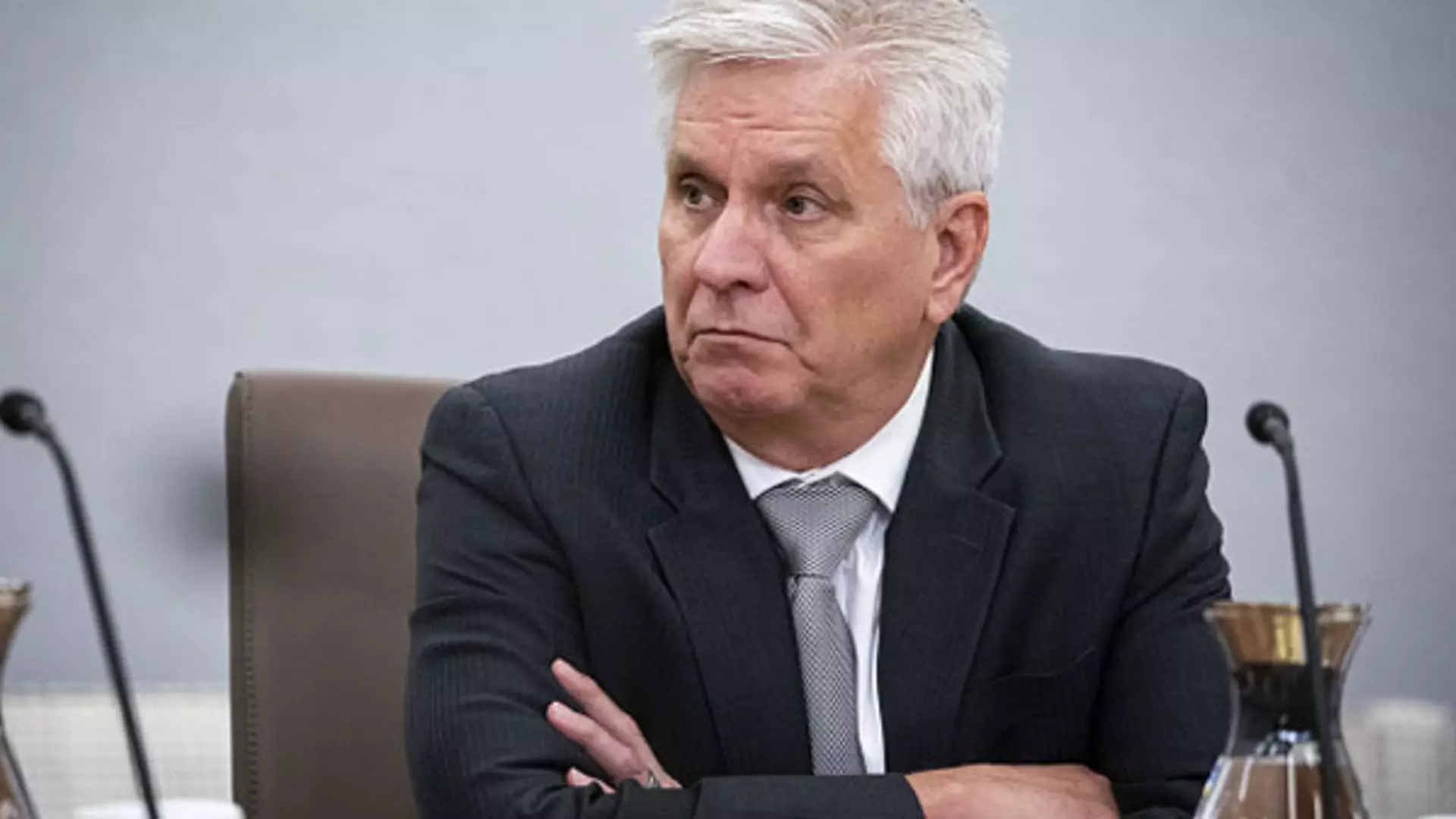In recent discussions surrounding the Federal Reserve’s monetary policy, a notable shift has been highlighted by Governor Christopher Waller. During a CNBC interview, Waller expressed support for a relatively aggressive half-percentage point rate cut, surprising many analysts who had anticipated a more conservative 25 basis point reduction. His rationale stemmed from unexpectedly fast declines in inflation rates, particularly within core metrics excluding volatile food and energy sectors. In the wake of data that indicates a drop in core inflation to below 1.8% over the past four months, Waller’s stance raises questions about the Fed’s overall trajectory and its implications for the economy.
This emerging trend of reduced inflation figures necessitates scrutiny of the implications for consumer behavior and economic confidence. As inflation eases, it arguably bolsters household purchasing power, potentially spurring renewed consumer spending. However, the underlying causes of this inflation decline warrant a deeper examination. The reference point is crucial: while the Fed aims for an annual inflation target of 2%, the coming months will pose significant challenges. If inflation continues on its downward trend, could the Fed maintain its credibility by adjusting its strategies to navigate this evolving economic landscape?
A week prior to the central bank’s planned meeting, market sentiment heavily favored a moderate 25 basis point cut. Waller’s endorsement of a more substantial 50 basis point adjustment signals a potential reassessment of both market predictions and the Fed’s policy framework. The act of reducing the key borrowing rate to a new range of 4.75%-5% prompts a reconsideration of how financial markets will respond to the Fed’s actions. The question arises: will this decision generate the intended stimulus, or could it incite skepticism regarding the Fed’s strategic direction?
Moreover, Waller’s acknowledgment of future rate cuts in the context of economic performance presents an additional layer of complexity. While announcing the possibility of another half-point reduction later this year and a full percentage point cut in 2025 may instill optimism for economic growth, it also hazards misinterpretation of the Fed’s commitment to its inflation targets. An overzealous approach to rate cuts could ultimately weaken the Fed’s ability to address inflation in the long term, leading to potential instability in the economy.
As the economy enters a potentially volatile phase, Waller’s perspective underscores the delicate balance the Federal Reserve must strike between fostering economic growth and maintaining inflationary targets. His assertion that historical advocacy for significant rate hikes during inflationary periods would similarly apply to decisions on rate cuts sends a clear message regarding the Fed’s intent to preserve institutional credibility. This raises pertinent questions about the Fed’s current posture: can these aggressive cuts be reconciled with the overarching goal of keeping inflation in check?
Attention turns to the upcoming release of inflation data, particularly the personal consumption expenditures price index, which officials indicate will provide critical insights into the prevailing economic climate. Chair Jerome Powell’s projections for inflation at a 2.2% annual rate underscore the Fed’s commitment to transparency and proactive policy-making.
The Federal Reserve is at a crossroads, with Waller’s recent comments echoing a broader pivot in monetary policy. While the prospect of interest rate cuts may provide temporary relief for consumers and stimulate economic growth, the long-term feasibility of such measures remains questionable. Policymakers must tread cautiously to ensure that confidence in their strategies remains intact, striking an equilibrium that allows for responsive action without jeopardizing foundational inflation targets. As these narratives unfold, observers will undoubtedly seek to understand how the Fed navigates the complexities of economic uncertainty while aiming to steer the nation toward sustained growth.

